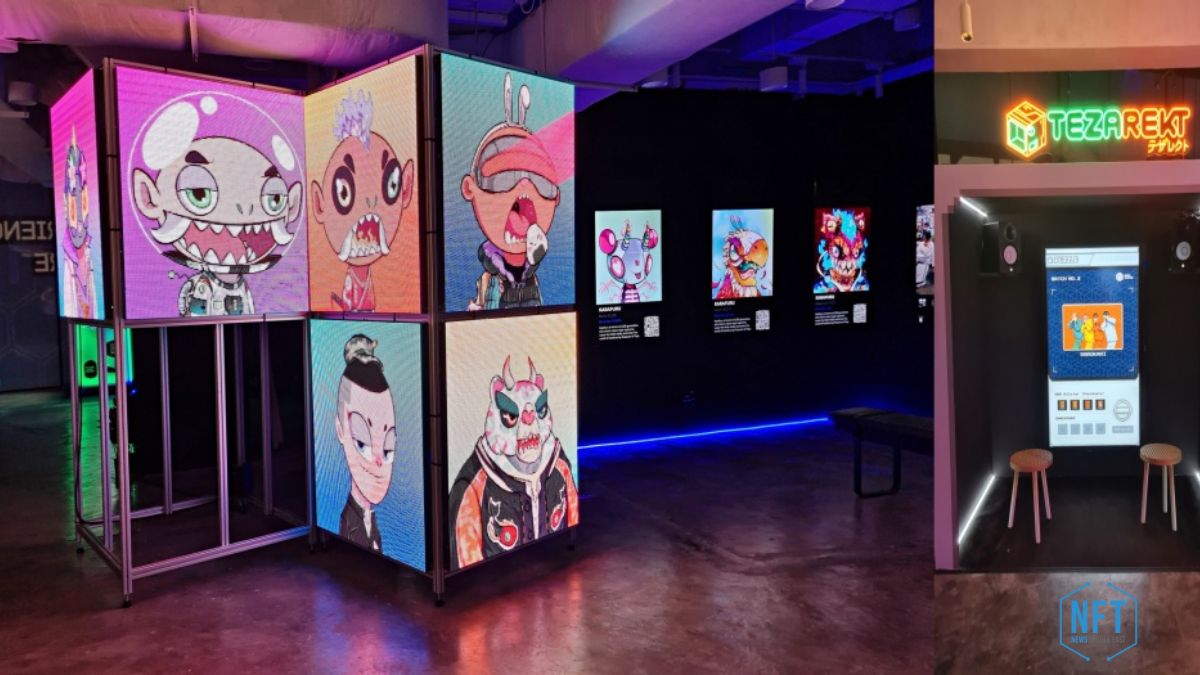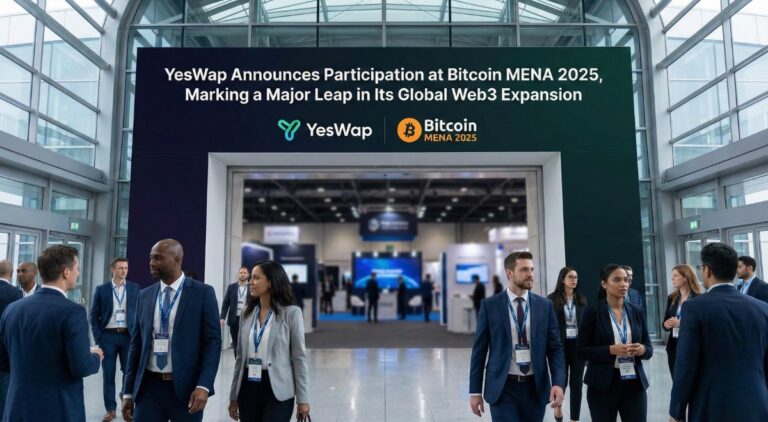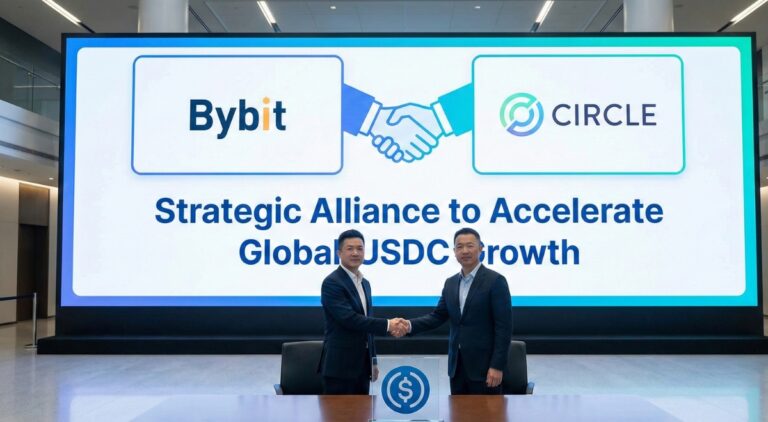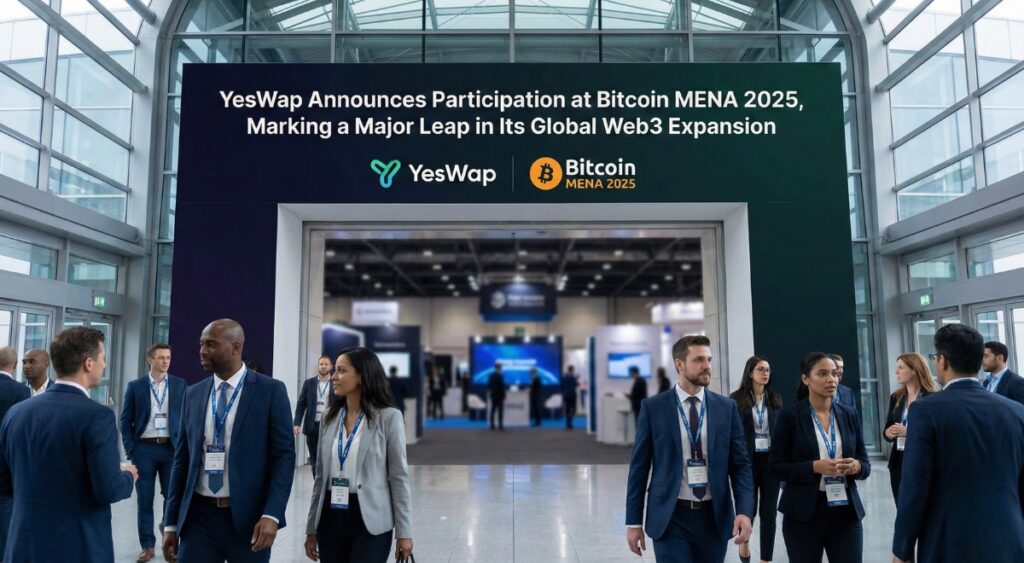From non-fungible tokens to merging physical environments into digital settings, 2022 was the year of the Metaverse. Consumers and companies alike have significantly benefited from the proliferation of digital marketplaces and the development of the virtual world. NFTs are the fundamental element that makes up the Metaverse. They penetrate every sector of the economy, from the fashion industry to the banking sector. They’re quickly replacing traditional forms of artistic expression online and even surpassing them. If things go well, they may be the most significant upcoming financial investment of 2024.
Yahoo forecasts that the worldwide NFT market will reach $21.33 billion in 2022. Further, analysts anticipate the market will have grown to $82.43 billion by 2026. NFTs are rapidly becoming the most prominent promoters of economic transformation. NFT’s future is somehow cloudy, but experts predict it will develop into a prime spot where enterprises can thrive, and many individuals can make money in the digital realm.
A Significant Impact On The Gaming Community
NFTs, including the gaming industry, are disrupting many sectors. We had gradually become used to the concept of in-game purchases. With NFTs, players can now sell the assets they earn in play-to-win games built on the blockchain, ushering in a revolutionary era in the gaming industry. Among the many popular video games of 2021, Axie Infinity stood out. Axie’s NFT market had daily trading activity of $1 billion. More than a million people actively play the game every day.
Elevating The Scope Of Fundraising Campaigns
As more and more people recognize the advantages of tokenization, fundraising is now an unavoidable consequence of NFTs. Each time an NFT is used, a predetermined amount is given to a charity cause. Despite the absence of actual implementations, these tokens have the potential to streamline the process of charitable giving around the globe.
Increased Potential for Fashion Collaborations
Younger customers, particularly, are embracing digital fashion for its minimal environmental footprint. Generation Z members are more likely to appreciate and purchase environmentally friendly apparel. NFTs have gained popularity in the last six months. Nike’s acquisition of NFT studio RTFKT attests to this. Furthermore, Adidas has said that its next collection will have digital and physical items that can be purchased using NFTs. Brands in the fashion industry enthusiastically embrace Web3 by launching virtual apparel to boost consumers’ online personas while also cutting down on unnecessary material use.
NFTs And Brand Identity: Bringing A Modern Era For Businesses And Artists
Competition is fierce in practically every industry today; thus, major corporations have made NFTs a central part of their marketing strategy. Companies can tie their brand to NFTs to protect their core products and services. NFTs can be viewed as symbols representing the brand’s many elements, including the product, the logo, and the brand’s image. No matter what kinds of interactions and NFTs you provide your customers, they will always carry your brand’s identity with them. By doing so, businesses may increase the likelihood of gaining customers’ loyalty and fostering new, meaningful engagements with their brand.
















